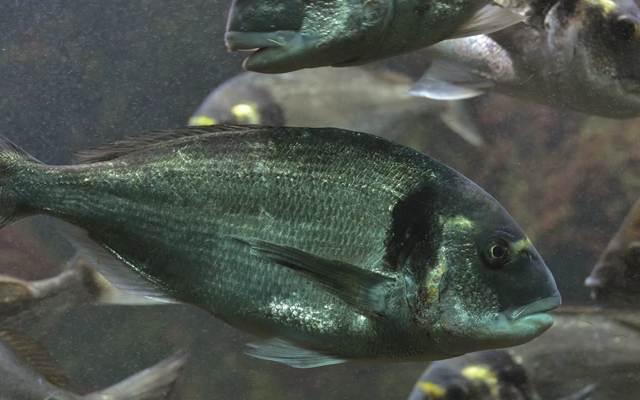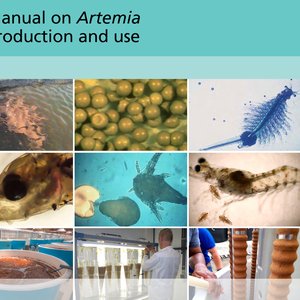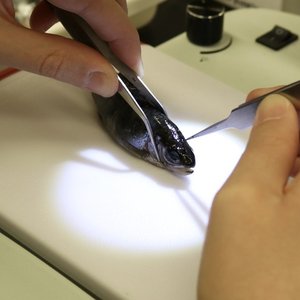Welfare organization Compassion in World Farming has released three volumes of Guidelines on Fish Welfare in Spanish Aquaculture Focusing on European seabass and Gilthead seabream.
Compassion has worked closely with the industry to develop a comprehensive strategy encompassing design, implementation, and the reporting of key aspects, including humane slaughter and environmental enrichment.
“We urge the Spanish Aquaculture Industry to adopt these new guidelines and commit to further elevating welfare standards for these key species,” the organization said.
The welfare guidelines for seabass and seabream represent a notable advancement over the existing voluntary UNE regulations, demonstrating the power of collaborative efforts.
“We welcome the industry's acknowledgment and recognition that the use of ice slurry for stunning is unacceptable and requires a transition away from this practice and eagerly await the adoption of more humane slaughter methods for seabass, seabream, and other species in Spain,” Compassion said.
The guidelines encompass current practices in Spain. “It's encouraging to see that a segment of the industry is adhering to maximum stocking densities of approximately 15 kg/m3. We commend these exemplary practices, particularly those employing welfare indicators to gauge the suitability of stocking densities. We advocate for the broader Spanish industry to align with a maximum stocking density of 15 kg/m3,” they said.
Currently, the guidelines set a limit of 48 hours or 50 degree-days when fasting is incorporated into handling operations. However, it allows flexibility in certain cases, such as harvest or transport, where extended fasting periods of up to 7 days may be required to avoid repeated fasting. “We advocate for adherence to the initial limit as it reflects best practices in safeguarding the welfare of seabass and seabream,” they said. “Moving forward, we are committed to collaborating with the industry to universally implement this limit across all operations, including harvest and transport, while ensuring that repeated fasting is mitigated.”
There are many specific points that could be considered an improvement, particularly since a common guideline did not previously exist. Some key points to emphasize include the incorporation of concise recommendations for environmental enrichment and descriptions and recommendations for welfare indicators.
Read Compassion's welfare guidelines for European seabass and gilthead seabream here.










